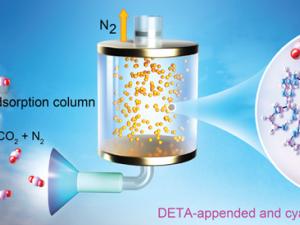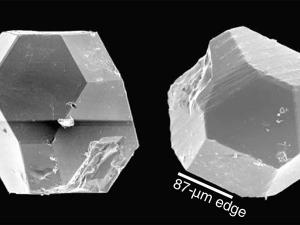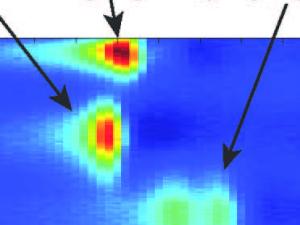

Research Expertise and Interest
Theory and experiment in magnetic resonance spectroscopy and imaging, quantum coherence and decoherence, novel concepts and methods including molecular and biomolecular sensors and microfluidics, laser hyperpolarization and detection, laser and zero-field NMR, in areas from material science to biomedicine.
Research Description
Alexander Pines is a pioneer in the development and applications of nuclear magnetic resonance (NMR) spectroscopy. In his early work, he demonstrated time-reversal of dipole-dipole couplings in many-body spin systems, and introduced cross-polarization high resolution NMR of dilute spins such as carbon-13 in solids, thereby helping to launch the era of modern solid-state NMR in chemistry. He also developed the areas of multiple-quantum spectroscopy, adiabatic sech/tanh inversion pulses, zero-field NMR, double rotation and dynamic-angle spinning for quadrupolar nuclei, iterative maps for pulse sequences and quantum control, and the quantum geometric phase. His combination of optical pumping and cross-polarization made it possible to observe enhanced NMR of surfaces and the selective "lighting up" of solution NMR and magnetic resonance imaging (MRI).
His current program is composed of two complementary components. The first is the establishment of new concepts and techniques in NMR and MRI, in order to extend their applicability and enhance their capability to investigate molecular structure, organization and function from nanometers to meters in systems ranging from materials to organisms. Examples of methodologies emanating from these efforts include: novel spin polarization and detection methods, ex situ and mobile NMR and MRI, laser-polarized NMR and MRI, functionalized NMR biosensors and molecular imaging, ultralow and zero-field SQUID NMR and MRI, remote detection of NMR and MRI amplified by means of laser magnetometers, and miniaturization including microfluidic chemistry and “NMR/MRI on a chip”. The second component of his research program involves the application of such novel methods to problems in chemistry, materials science, and biomedicine.
In the News
A Simple, Cheap Material for Carbon Capture, Perhaps From Tailpipes
Promising research could lead to new strategies in NMR and MRI using diamonds and lasers
NMR Using Earth’s Magnetic Field
Earth’s magnetic field, a familiar directional indicator over long distances, is routinely probed in applications ranging from geology to archaeology. Now it has provided the basis for a technique which might, one day, be used to characterize the chemical composition of fluid mixtures in their native environments.
Berkeley Researchers Apply NMR/MRI to Microfluidic Chromatography
By pairing an R&D 100 award-winning remote-detection version of NMR/MRI technology with a unique version of chromatography specifically designed for microfluidic chips, Berkeley Lab researchers have opened the door to a portable system for highly sensitive multi-dimensional chemical analysis that would be impractical if not impossible with conventional technologies.



